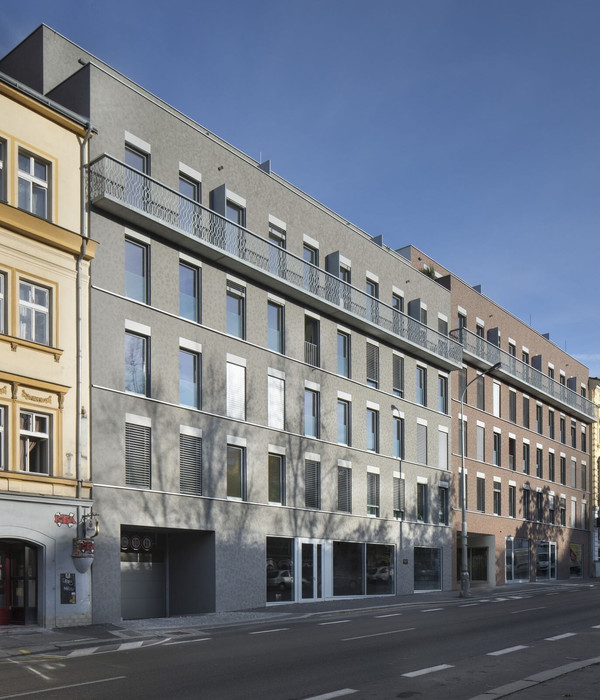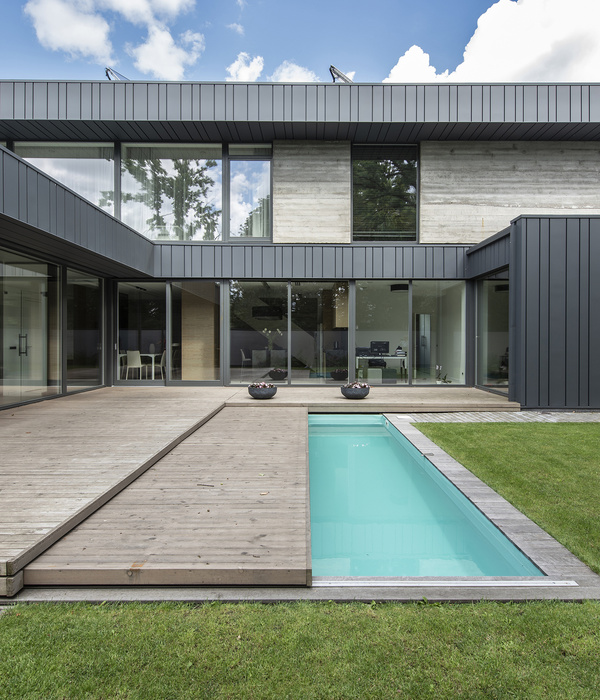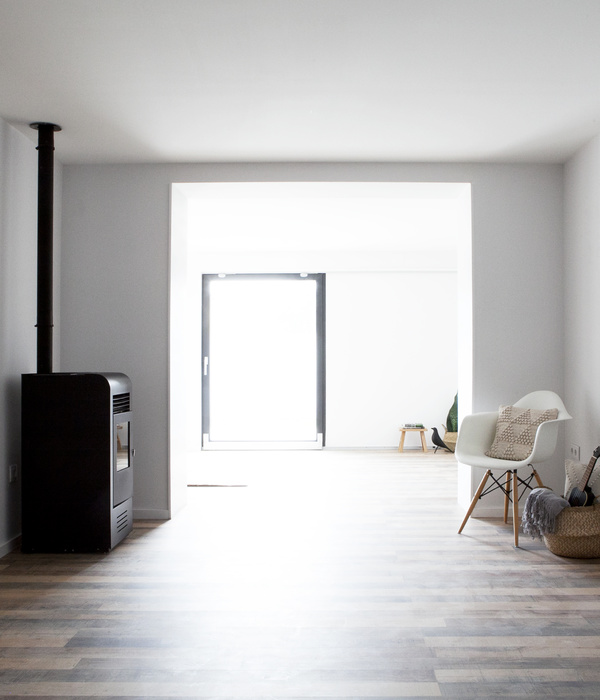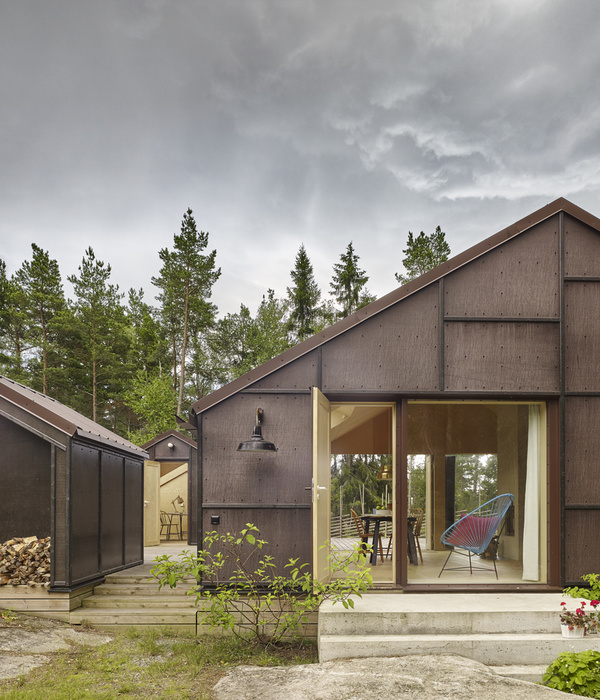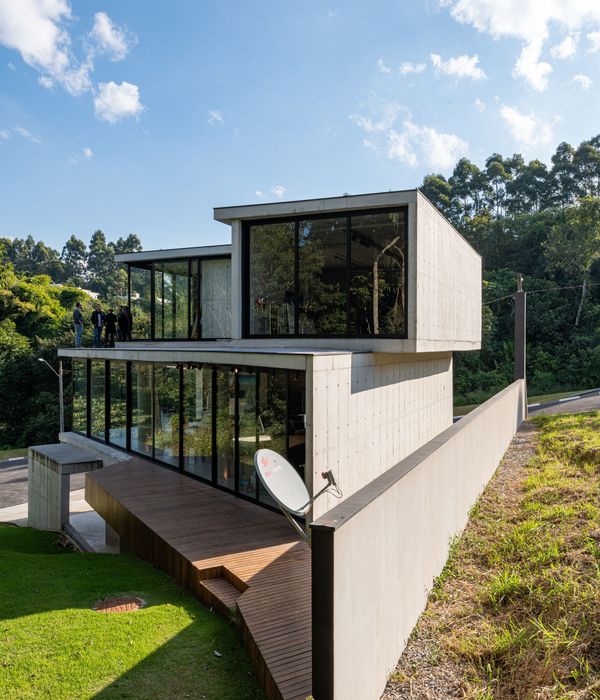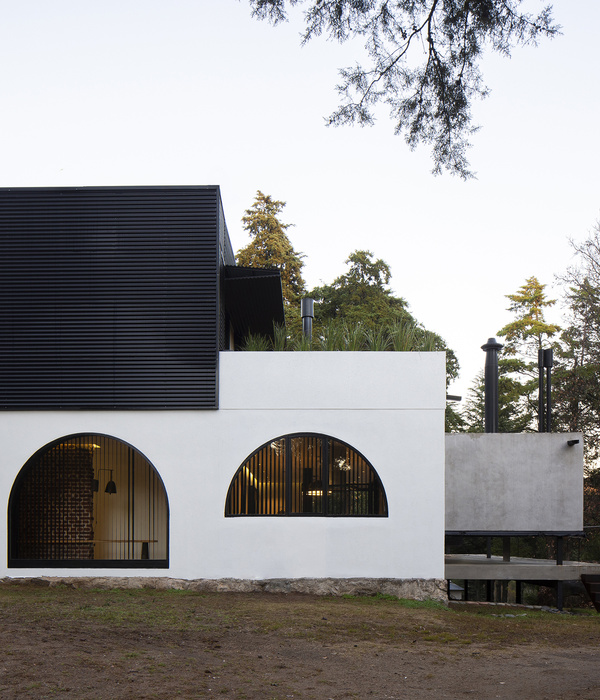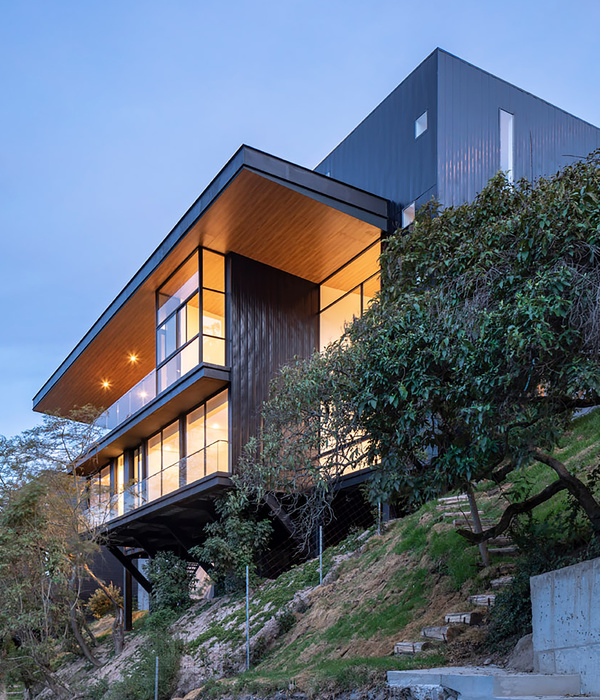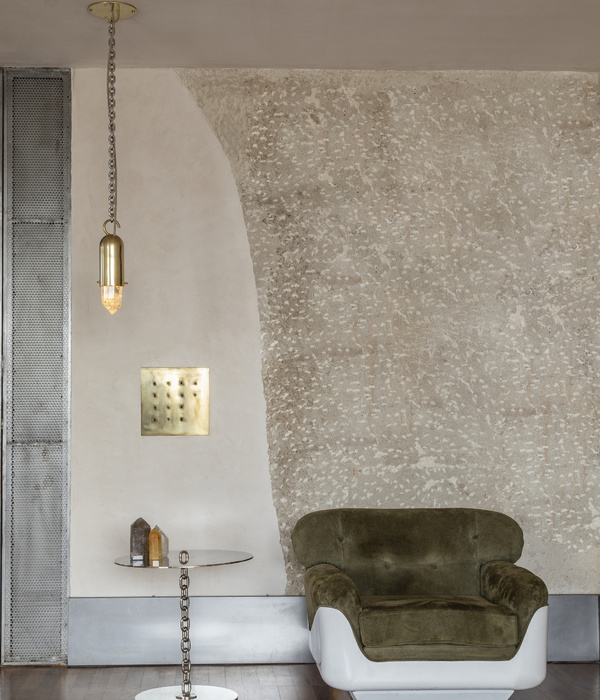South Hill Park, London, UK
Runcton, Chichester, West Sussex, UK
Rietveld Schröder House, Utrecht, Netherlands
Gropius House, Lincoln, Massachusetts, USA
Eames House, Los Angeles, California, USA
Glass House, New Canaan, Connecticut, USA
Villa E-1027, Roquebrune-Cap-Martin, France
2 Willow Road, Hampstead, London, UK
The Homewood, Esher, Surrey, UK
Our ‘Open House series recently took us to the house of architect Brian Housden, who built a home for his family inspired by early European Modernist architecture. On our visit his daughter Beth Housden told us, For my dad, this house was his dream realised. It was like his baby. It got us thinking about other houses born out of the same motivation, so weve assembled the best Modernist architects’ homes, from Gropius to Goldfinger.
Architect Brian Housdens original plan for this house was revised and enhanced when a decisive trip to the Rietveld Schröder House in Utrecht prompted him to incorporate elements of Gerrit Rietvelds iconic design into his own. Drawing from the Maison de Verre in Paris, Mondrian and De Stijl, Housden created a Modernist masterstroke on a quiet street overlooking a pond in Hampstead Heath.
After making a name for himself designing private homes in Blackheath, London, architect Walter Greaves uprooted to Sussex, where he built an exquisite home for his family. The house is one of the finest examples of late British Modernism and was meticulously designed by Greaves to ensure all the fittings, right down to the bathroom tiles, precisely line up. His philosophy was that everything must work. Every aspect of the design had to have a purpose and function, said his daughter, Hannah, during our ‘Open House visit.
While not designed for his own use, Gerrit Rietveld found a sympathetic client (and possibly more) in Truss Schröder, a wealthy socialite and aesthete, who commissioned the house in the early 1920s. Rietvelds design drew from the principles of the De Stijl movement to incorporate primary colours, a modern, experimental approach to space and form, and, of course, Rietvelds furniture. The architect kept a studio on the ground floor of the house until his wife died, when he moved in permanently.
Bauhaus founder and general Modernist big-dog Walter Gropius built this iconic abode in Massachusetts in 1937 after being appointed to the Harvard Universitys Graduate School of Design. The brief for the build is the stuff of architects fantasies: philanthropist Helen Storrow gave Gropius four acres of land and $20,000 to make-real his architectural philosophy. As such, the house is an uncompromising execution of the Bauhaus movements tenets, possessing elegance through functional, simple design.
Modernisms darling couple created one of the finest achievements of the movement in their Los Angeles home. Charles and Ray Eames designed the house, which was completed in 1949, after being tasked by Arts and Architecture Magazine to explore how new materials and building techniques could meet the USAs housing requirements post-World War II. They came up with an open, light, and convention-breaking design that they both lived in until their dying day.
Also completed in 1949, Philip Johnsons Glass House is a masterful contribution to the Modernist tradition. While the influence of Mies van der Rohes Farnsworth House definitely puts the homage/imitation question up for debate, Johnsons minimalist design, incorporation of industrial materials and then-radical vision of modern living helped push forward an understanding of domestic space. Johnson spent 50 years adding various architectural projects to the site, which spans 47 acres.
Modernisms doyenne, Eileen Grey, was tasked to build this summer retreat in Roquebrune-Cap-Martin by her then-boyfriend Jean Badovici and the house, whose name takes its name from where Gray and Badovici’s initials fall in the alphabet, was finished in 1929. Unfortunately, their break up meant it did not become the love nest the couple had hoped, and shortly after that a feud ensued over Le Corbusier painting eight ‘vandalous murals on the walls.
Budapest-born Ernő Goldfingers 1939 home in Hampstead is one of the UKs most celebrated Modernist buildings. One of three in a row of terraces that Goldfinger designed overlooking Hampstead Heath, 2 Willow Road formed part of a controversial new vision for domestic architecture that gained the architect an adversary or two (local resident Ian Fleming is said to have named one his villains after him).
Architect Patrick Gwynne designed this superb house for himself, his sister and parents in 1937 when he was just 24 years old. Unfortunately, neither of his parents survived World War II but the architect lived in the house until his own death in 2003. All the hallmarks of Modernism are at play in the design, which took inspiration from the likes of Frank Lloyd Wright and Le Corbusier so that everything in the house was designed specifically for its context.
Open House: architect Brian Housden’s daughters on how their father designed his dream house, inspired by early European Modernist architecture
Modernist Marvels: Six of the best Modern homes in the UK
{{item.text_origin}}

